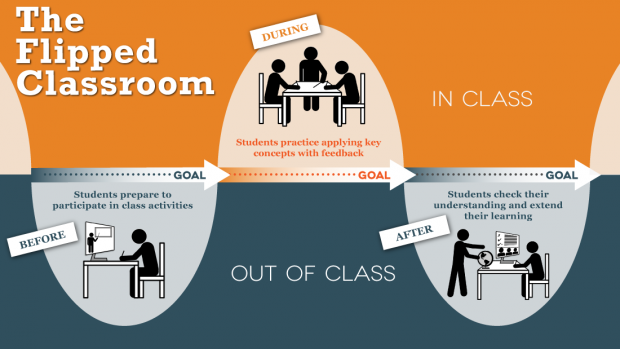 myCSUSM
myCSUSMActive Learning
Active learning includes any classroom instructional method that requires students to participate in meaningful learning activities, apply the core concepts and engage with the course content and their fellow students in pursuit of a learning goal. The key elements are student activity and engagement in the learning process.
There are many different active learning techniques, but most fall under one of these broad categories: collaborative learning, cooperative learning or problem-based learning. While all involve group participation and group roles, there are differences.
- Cooperative learning is usually more structurally defined and is used when the aim is for students to acquire foundational knowledge.
- Collaborative learning tasks are more open-ended, and complex and are therefore more appropriate for higher level courses. Collaborative techniques include Team Based Learning (TBL) and structured inquiry.
- Problem-based learning challenges students to learn through engagement in an extended process of inquiry and problem resolution, in response to a complex question or situation that simulates the type of problems they would face within a chosen career. It is most often used in MBA programs and other professional fields, although it can be adapted to any level.
The techniques and activities page is a great place to get started, as well as the techniques and resources section below.
Flipping/Inverted Courses
 In the past few years the idea of the "Flipped Classroom" has made its way from K-12
to Higher Education and advocates of the flipped classroom are growing in number as
the evidence for their efficacy increases. So exactly what is a flipped classroom?
In the past few years the idea of the "Flipped Classroom" has made its way from K-12
to Higher Education and advocates of the flipped classroom are growing in number as
the evidence for their efficacy increases. So exactly what is a flipped classroom?
"Flipping the classroom" is a pedagogical concept that moves the lecture out of the classroom to pre-class preparation, and uses valuable classroom time for active learning. Typically, this means that students view a series of recorded mini-lectures before coming to class. Classroom time is then used for clarification and higher level applications of the content.
The Flipped Course pages contains the resources and research to get you started flipping your course.
Student Response Systems
Student response systems (clickers) allow the instructor to ask a question, and immediately collect and display in graphical form the students' responses. Every student gets a voice, and you gain instant insight into how well the class grasps the lesson, and what you need to reinforce, reteach or review. Research has shown that classroom response systems such as the iClicker or Poll Everywhere combined with Peer Instruction and ConcepTests, a variation on the flipped classroom pioneered by Eric Mazur at Harvard, can boost student learning outcomes – through deep learning, not just recall.
Visit the Student Response Systems section in our Technology and Tools section for additional resources, research, software
downloads and registration.
Tips for Successful Clicker Use
Techniques & Resources
- Active Learning Techniques and Activities
- Active Learning in Higher Education
- Student Engagement Techniques: A Handbook for College Faculty, Kellogg Library ebook collection
- Collaborative Learning Techniques: A Handbook for College Faculty, Kellogg Library ebook collection
- Interactive Lecturing: A Handbook for College Faculty, CSUSM Library ebook collection
Research Into Practice
- Does Active Learning Work? A Review of the Research
- Improved Learning in a Large-Enrollment Physics Class
- Peer Instruction: Ten years of experience and results
- Active Learning: Creating Excitement in the Classroom
- Interactive-engagement versus traditional methods: A six-thousand-student survey of mechanics test data for introductory physics courses






